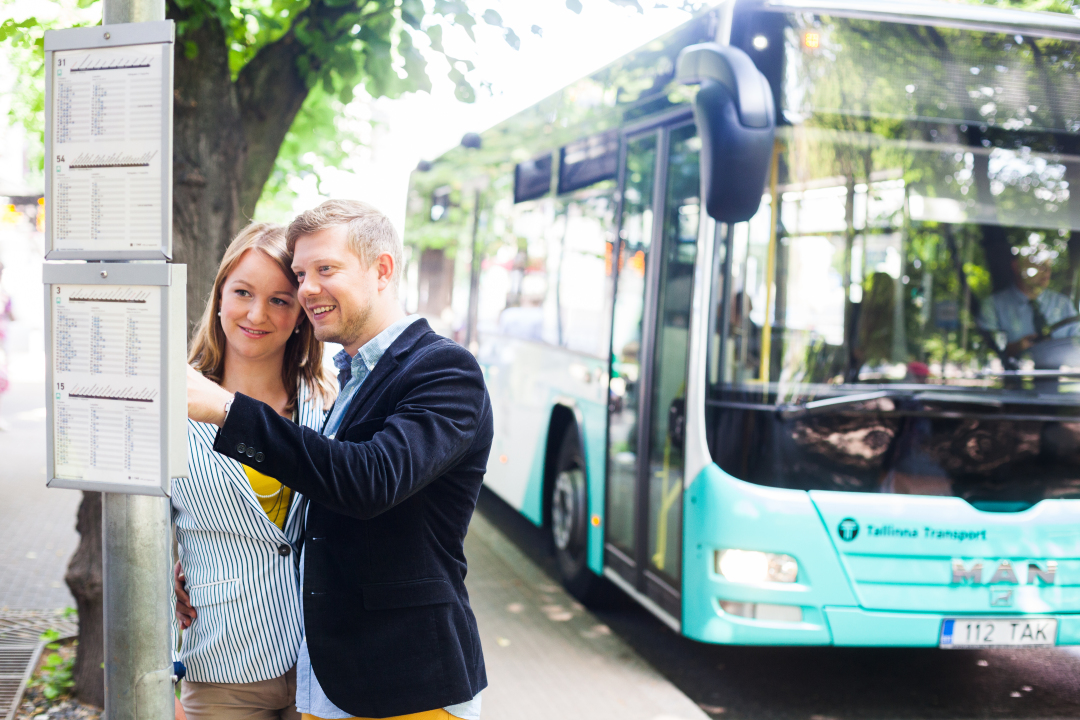
Tallinna Transport – Tallinn Transport
The project began with the group of designers’ self-initiative and aim to redesign Tallinn public transport service and therefore make public transport a transparent, logic and complacent means of transportation for the passenger. The project was set up following an international accessibility project Cities for All – Tallinn for All. The workshop hosted design students, city stakeholders, many professional design specialist and also representatives from some user groups forming a nice reflection group and providing us with feedback and stimulus to continue the work.
Previously, Tallinn public transport service communication was delivered by many parties (service providers, different city departments, private companies offering ticketing and infrastructure and self-initiated PT enthusiasts) and had therefore no central public identity. The main goal of the initiative was to make the service more recognizable, gain user growth and create a more satisfying and optimized user experience for everyone (tourists, children, elderly, disabled people) with decisions based on accessibility and attitudinal change (people and policy).
Standardization, information noise reduction and unification were the solutions towards a better and more intuitive user experience and better design. As the reputation of public transport was very low in Tallinn, we also saw improving the popularity and usage as important side products of a well-planned user experience. The service was also given a name and an identity – Tallinn Transport.
Key-actors
Estonian Association of Designers, Estonian Academy of Arts – Project Initiators
Tallinn City Transport Department – Main Promoter
Disainiosakond.org – Designers
Mobility and visually impaired persons, elderly people, children, tourists – Reflection Group
Role of Design
The aim of our initiative was to implement and improve design usage in Tallinn Transport and create the conditions where design is forward-looking and progressive. To achieve that, we had to make it possible for the PT workers to being able to manage, assess and commission the designs themselves. For that purpose a comprehensive Tallinn Transport Design Standard was drafted, giving guidelines to any kind of communication Tallinn Transport provides. It guides users to follow specific rules using, placing and producing Tallinn Transport design and communication elements (from infrastructure and information signage to user-friendly language use of accessible use of colour/type/layout/etc.). All the following design decisions of the project team were based on, and designs executed following the Design Standard, and therefore systematised and unified. It is recognised that the Design Standard carries one’s point only if consistently followed, audited, and updated and its principles shared, trained and communicated.
Winning the Design Management Europe Award 2012 was a significant step for the City of Tallinn as it is the first time a design management prize of such importance has been given to Estonia. The DME Award recognises successful design management strategies and also demonstrates the commercial and social benefits to be gained from good design management practices.
CONTACT (of the editor)
Kristi Rummel – Organization Disainiosakond – Email kristi@disainiosakond.org